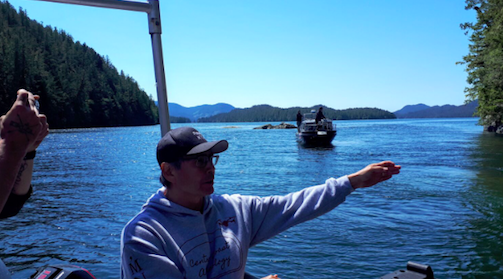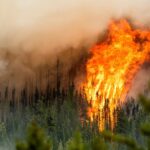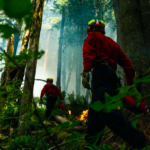Q̓íx̌itasu Elroy White is not your typical archeologist.
His approach combines his Heiltsuk-based cultural knowledge with his professional archeology work. Q̓íx̌itasu calls his unique method the “M̓ṇúxvit approach.”
“The fact I use a Haíɫzaqv word empowers me … I use our language to help interpret these sites created by my ancestors rather than the English words that tend to lose their meaning,” explained Q̓íx̌itasu recently while training a group of Coastal Guardians.
Training the Guardians
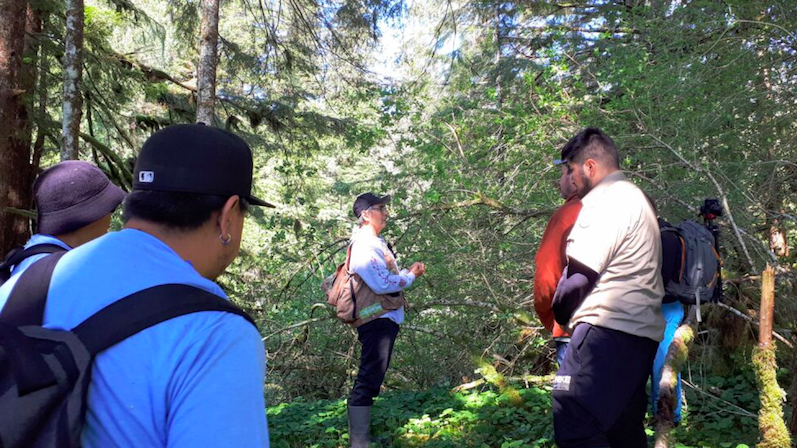
The Coastal Guardian Watchmen network is a unique collaboration between Indigenous Nations up and down the B.C. coast to manage and monitor their respective territories, overseeing everything from search-and-rescue missions to wildlife conservation.
“I started to use the tools of archaeology to help me become more familiar with the sites of my ancestry.”
Q̓íx̌itasu
The Coastal Guardians were in Bella Bella this May for their annual meeting, the first in-person gathering they’d had since the pandemic. During the gathering, they visited historic harvesting sites and cultural spaces with Q̓íx̌itasu, who showed them stone fish traps that have been utilized for thousands of years.
Ancestry Meets Archeology
Q̓íx̌itasu was interviewed in a recent video by the Vancouver Maritime Museum called “How are the Heiltsuk combining archaeology and traditional knowledge to re-tell Vancouver’s story?” The video is streamable via the museum’s Youtube page. The fascinating video profiles his work as an archeologist, potlatch historian, dancer, and hereditary leader who uses Heiltsuk land-based practices in his research.
“When I was a kid, I wanted to be an explorer, but I didn’t know how to do it at the time. As I started to learn my culture, I realized, I didn’t have to go very far away … so I started to use the tools of archaeology to help me become more familiar with the sites of my ancestry,” he explains.
“This is intergenerational work that must be done responsibly.”
Q̓íx̌itasu
A recognized leading expert in his field, he now runs Central Coast Archaeology in Bella Bella.
Intergenerational Importance
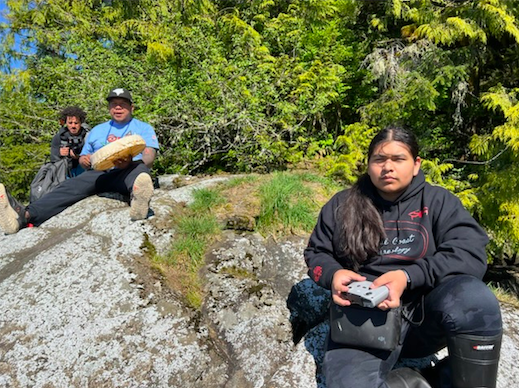
At the gathering in May, Q̓íx̌itasu introduced young Coastal Guardians to his grandson Gíƛa Keegan Nappie-Edgar, a professional drone operator who explores West Coast archeological sites from a bird’s eye view.
“This is intergenerational work that must be done responsibly,” Q̓íx̌itasu said to the Guardians. “That’s why it’s so important to collaborate with other Nations as well and to always be open to learning from each other.”
To find out more about Coastal Guardian Watchmen work, check out their Coastal First Nations Facebook and website.


